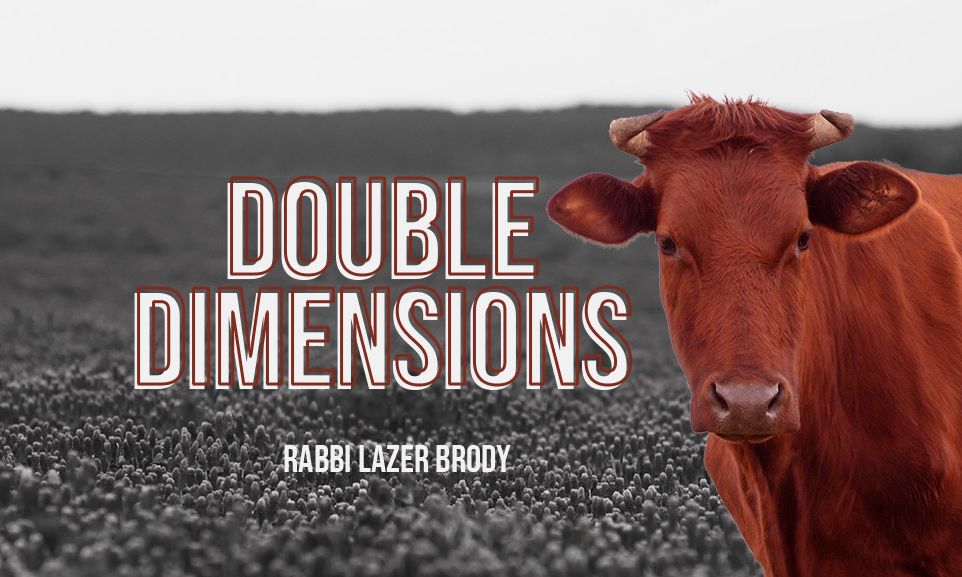
Shabbat Parah: Double Dimensions
The same function can be the greatest mitzvah or the worst transgression, an elixir of life if one is deserving or an elixir of death if he is undeserving...

Parshat Parah is the third of the Arba Parashot (1). On the Shabbat after Purim, we read Maftir Parah, the additional Torah reading that talks about preparing the purification water from the Parah Aduma, the red heifer. As such, this Shabbat is known as Shabbat Parah, the Shabbat when we read about the red heifer.
Since one of the requirements for taking part in the mitzvah of sacrificing and eating the Pascal lamb is ritual purity, after Purim is over, we begin to prepare ourselves for Passover by learning what one must do to become ritually pure. For that reason, we read Parshat Parah – the account of preparing the red heifer.
The entire mitzvah of preparing the purification water with the ashes of the red heifer defies mortal logic. The purification water is a necessary element in purifying someone who has come in contact with a dead body, thereby becoming spiritually impure. True to its name, the purification water is a key element in purifying someone from the worst type of spiritual impurity. Yet, strangely enough, the same exact water contaminates the Cohanim, the priests who take part in preparing it. It also contaminates any other ritually-pure individual. The outcome is that the very same substance purifies those who are ritually contaminated yet contaminates  those who are ritually pure. King Solomon, the wisest human who ever walked the face of the earth, was baffled by the concept of the purification water made from the ashes of the red heifer. He said, “I thought I was wise, but this is beyond me”(2).
those who are ritually pure. King Solomon, the wisest human who ever walked the face of the earth, was baffled by the concept of the purification water made from the ashes of the red heifer. He said, “I thought I was wise, but this is beyond me”(2).
Although no one understands the concept of the red heifer and the purification water, if we look closely, we see a recurrent theme that not only permeates the 613 mitzvot of Torah, but reveal an underlying spiritual principle about the 613 parts of the human body that correspond to the 613 mitzvot of Torah. Let’s see how:
One of our most important mitzvot is learning Torah. The Torah is a very bright light; our sages compare it to the undiminished rays of the sun, which “heals the righteous yet burns the wicked(3). So we ask ourselves, how can the same substance do two opposite things, healing one person yet destroying another person. The answer is readily understandable: if a person learns Torah in order to refine himself and to get closer to Hashem, the Torah will cure his soul and bring him the greatest joy in the world. But, if a person learns Torah for his own self-aggrandizement or to feel superior to other people, the Torah will help him to destroy himself. The same power is an elixir of life or an elixir of death. As with atomic energy, one can either illuminate a city or annihilate a city.
Each appendage of our body has the same aspect of double dimension. For example, one’s reproductive organs play an important part in fulling two lofty mitzvot, the mitzvah of “being fruitful and multiplying” and the mitzvah of ona, or marital gratification. When done in holiness and purity, a person can elevate himself to the greatest spiritual heights. But, when a person uses these same parts of his body outside the holy context of performing a mitzvah, he sinks to the lowest abyss, severs his connection with Hashem and becomes attached to the Sitra Achra, the “other” or evil side of spirituality. The same exact function can be the greatest or the worst transgression, an elixir of life if one is deserving or an elixir of death if undeserving(4).
Another interesting example of the double dimension is drinking wine. If one drinks to become intoxicated, he sinks to a level that’s below an animal. Yet, one says the borei pri hagefen during the marriage ceremony, at a circumcision, saying Kiddush on Shabbat and when drinking four cups during the Passover Seder. When done with emuna and for the sake of a mitzva, the same act of drinking wine elevates a person higher than an angel. Interestingly, in Hebrew, the numerical value of hagefen is 138. The numerical value of emuna is 102. When together, the equal 240. In contrast, the numerical value of Amalek is also 240. This alludes too the fact that the very same act, such as drinking wine, can either be “Amalek”, directly connected to evil, or a sublime mitzva.
Why would Hashem do this?
The Ramchal explains that Hashem maintains the world on a perfect balance to insure our free choice, for outside the context of free choice, reward and punishment are meaningless(5). A person doesn’t deserve a reward if he’s coerced to do good, yet does not deserve punishment if he’s forced to do something evil. Consequently, Hashem gives us the opportunity to do good or otherwise with each part of our body. With every part of our body, we can choose blessings or curses, life or death. The Torah strongly urges us to choose life, ubacharta ba’chaim(6). This is the lesson of the red heifer and its double-dimensional powers of purification and contamination. May we merit together to purify ourselves in our rebuilt Holy Temple, speedily and in our days, amen!
_________________________
(1) The four special Torah readings that we add to the regular Shabbat Torah readings on the two Shabbatot before Purim and on the two Shabbatot that follow Purim: Shekalim, Zachor, Parah, and Chodesh.
(2) Ecclesiastes 7:23
(3) Avoda Zara 3b


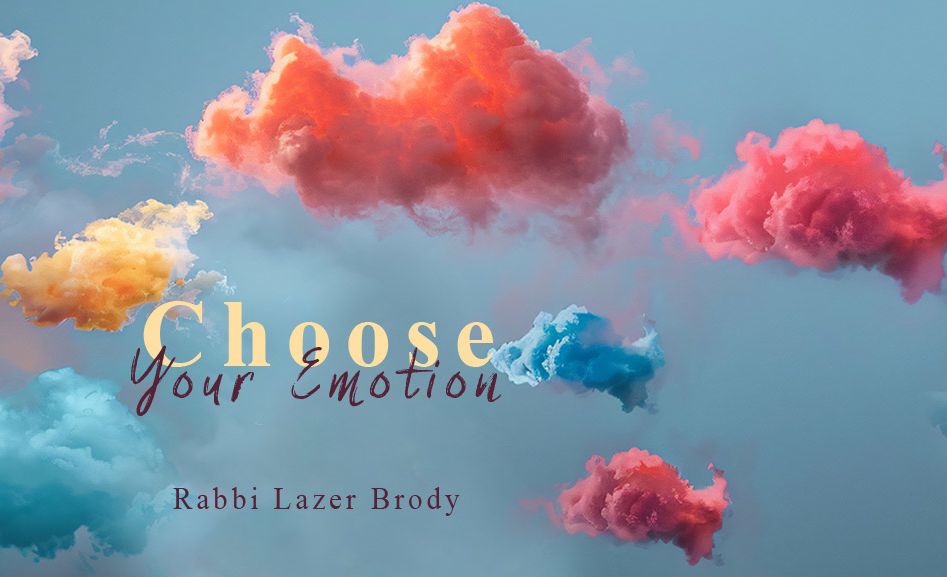
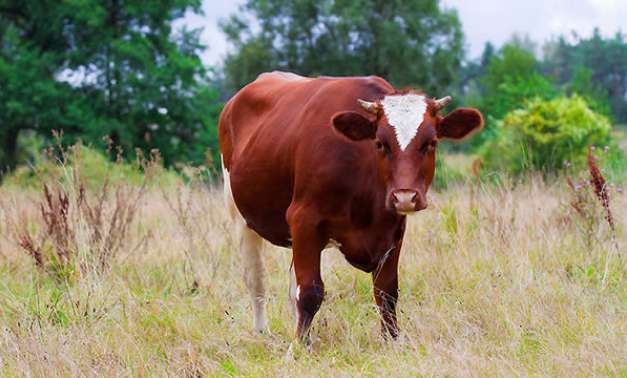

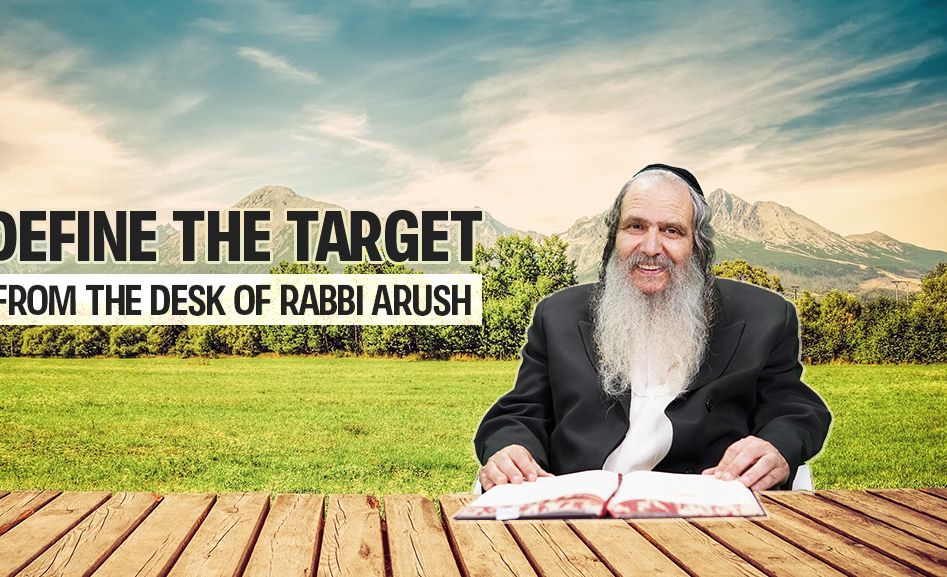
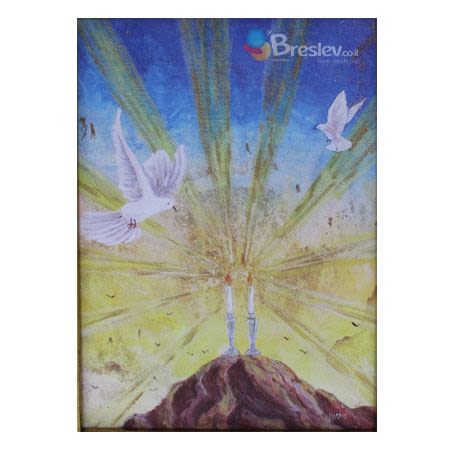
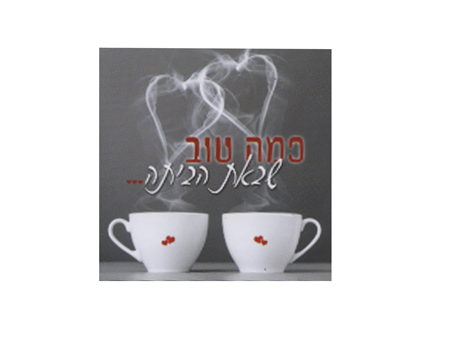

3/20/2014
Jews need one another I think the red heifer example shows how Jews need one another.
3/20/2014
I think the red heifer example shows how Jews need one another.
3/20/2014
turkey prince and free choice I learned that when Moshiach arrives there will still be free choice, but the free choice will be between good and double good. So, considering this is Hashem's goal for the world, why would Hashem would not want to heal every one of his children? The turkey prince was not wicked. A person needs know the choice for there to be choice. When people are sick spiritually, a cure is needed prior to true free choice, the free choice at time of moshiach.